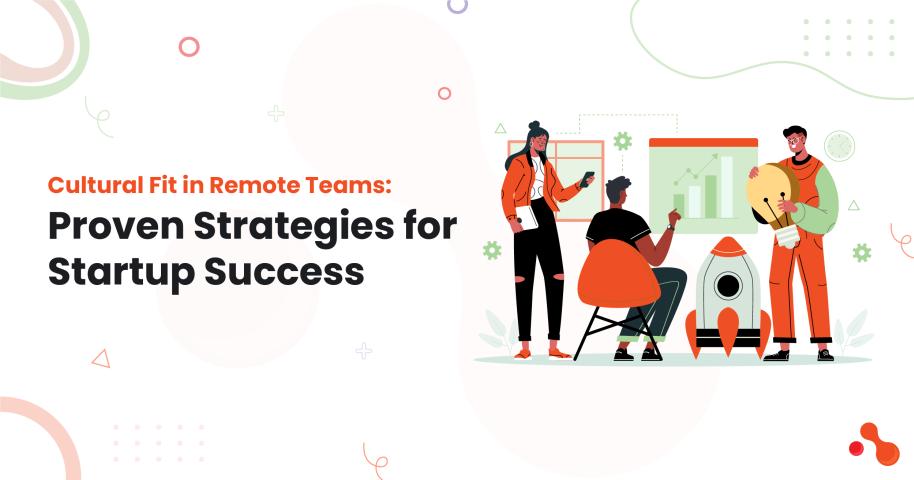Creative thinking is at the heart of every breakthrough product, unique customer experience, or disruptive business model. For companies aiming to stay ahead in today’s fast-changing markets, creativity is not just an advantage—it’s a necessity. Innovation thrives when organizations prioritize original thinking and empower individuals to challenge conventions and propose novel solutions.
A company’s culture plays a fundamental role in nurturing creativity. When employees feel psychologically safe—free to voice ideas without fear of criticism or failure—they are more likely to take the kind of risks that lead to innovation. Harvard professor Amy Edmondson’s research on psychological safety shows that teams with a high level of interpersonal trust are significantly more effective at learning and adapting, which are key elements of creative work.
Environments that encourage curiosity, experimentation, and continuous learning create fertile ground for creative thought. Leaders who model openness and reward initiative set the tone for a dynamic and forward-thinking workplace. As Teresa Amabile, a leading scholar on creativity in organizations, has shown through her decades of research, “People are most creative when they feel motivated primarily by the interest, satisfaction, and challenge of the work itself.”
Flexibility in work processes, diversity of thought, and cross-functional collaboration further enhance the creative capacity of a team. By bringing together people with different perspectives and experiences, companies can uncover unexpected insights and generate more robust, well-rounded ideas. A 2019 McKinsey report found that organizations that actively foster creativity are 1.5 times more likely to report revenue growth above industry peers.
The benefits of fostering creativity go beyond product innovation. Creative organizations are more adaptable to change, better at solving complex problems, and often more attractive to top talent. They tend to develop stronger brand identities and build deeper connections with customers through unique and authentic offerings.
Investing in a culture that values creativity is a strategic move. It fuels growth, strengthens competitive advantage, and ensures long-term sustainability in an unpredictable business landscape. Rather than seeing creativity as a trait of a few, innovative companies recognize it as a collective asset—one that can be cultivated, supported, and leveraged at every level of the organization.
“Creativity is thinking up new things. Innovation is doing new things.”
– Theodore Levitt
















